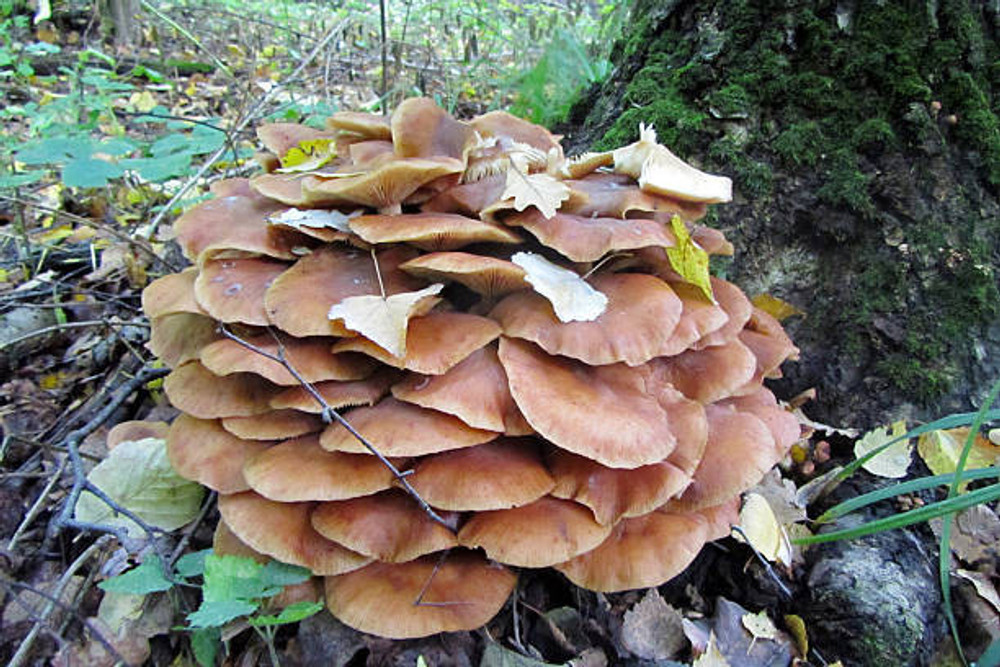The Hidden World of Mushrooms: A Journey into the Fungal Kingdom
Posted by admin on Mar 15th 2023
Mushrooms are often seen as a simple addition to a meal, but there's so much more to these fascinating organisms than meets the eye. They belong to the kingdom Fungi, which also includes yeasts, molds, and other less well-known types of fungi. While we often think of fungi as decomposers, breaking down dead material to recycle nutrients, they actually play a vital role in ecosystems all over the world. To truly appreciate the Hidden World of Mushrooms, we need to start at the beginning: SPORES. These tiny, lightweight structures are produced by the millions by each mushroom, and are the first step in the life cycle of a new fungus. When conditions are right, spores will germinate and begin to grow into a network of thread-like structures called hyphae. Hyphae are the real workhorses of the fungal kingdom. They spread through soil, decaying wood, or other substrates, breaking down complex molecules into simple compounds that can be absorbed by the fungus. In some cases, hyphae will form a tight knot known as a mycelium, which can grow to be several feet in diameter and persist for years or even decades. But what about the mushrooms themselves? These familiar structures are actually just the fruiting bodies of a larger organism. When a mycelium has accumulated enough energy and resources, it will send up a stalk topped with a cap or other distinctive shape. This is the part we usually recognize as a mushroom, and it's where the spores are produced. One fascinating aspect of mushrooms is the incredible variety of shapes, colors, and sizes they can take on. Some, like the delicate chanterelle, have a wavy, funnel-like shape that's easy to spot in the woods. Others, like the classic Portobello mushroom, are small and unassuming, but can be found in huge numbers in fields and forests around the world. And then there are the truly bizarre mushrooms, like the Cordyceps, which looks like something out of a horror movie. Despite their diversity, all mushrooms share some basic features. They have gills or pores on the underside of the cap where the spores are produced, and many also have a veil that protects the developing spores before they're ready to be released. And of course, all mushrooms are edible - but some are more delicious than others, and a few can even be deadly if eaten. To truly appreciate the hidden world of mushrooms, it's important to remember that these organisms are more than just a tasty addition to a meal. They play a vital role in the health of our forests, fields, and gardens, and offer a fascinating glimpse into the complex and often hidden world of the fungal kingdom. So next time you see a mushroom, take a moment to appreciate the incredible biology and ecology that lies beneath its surface.

